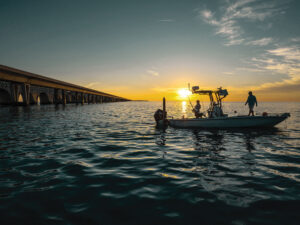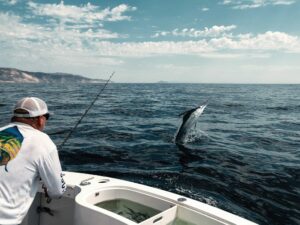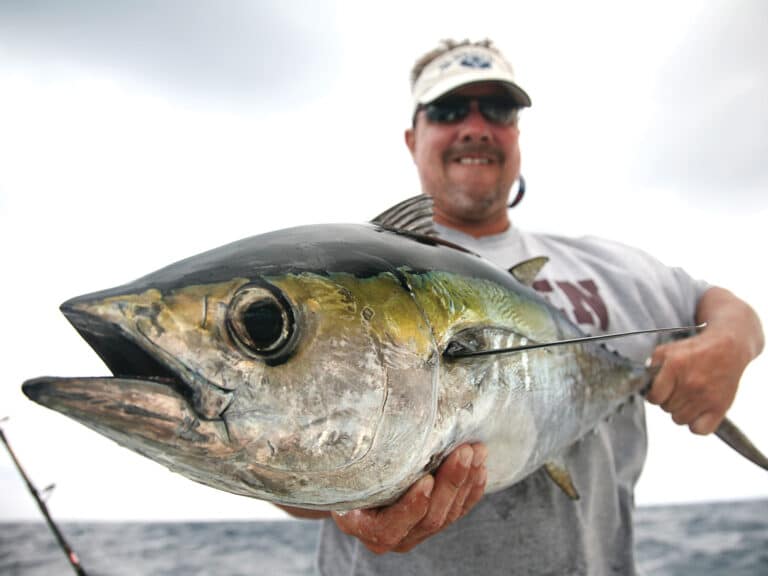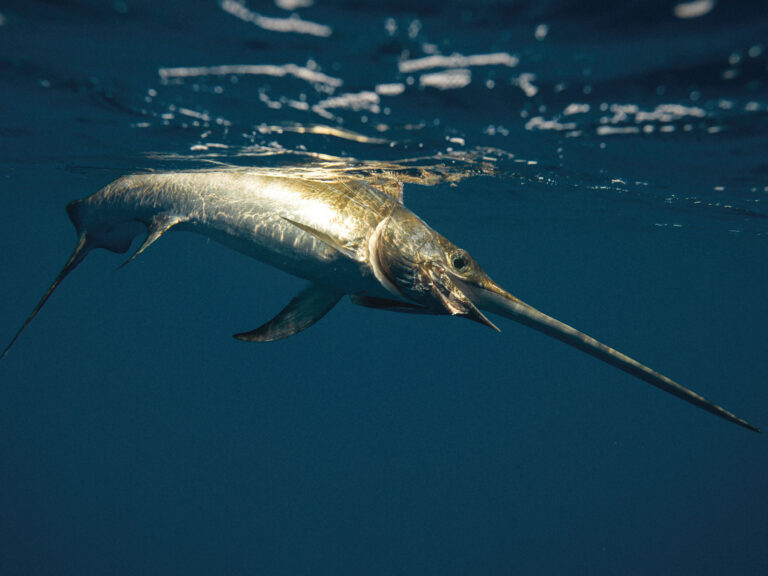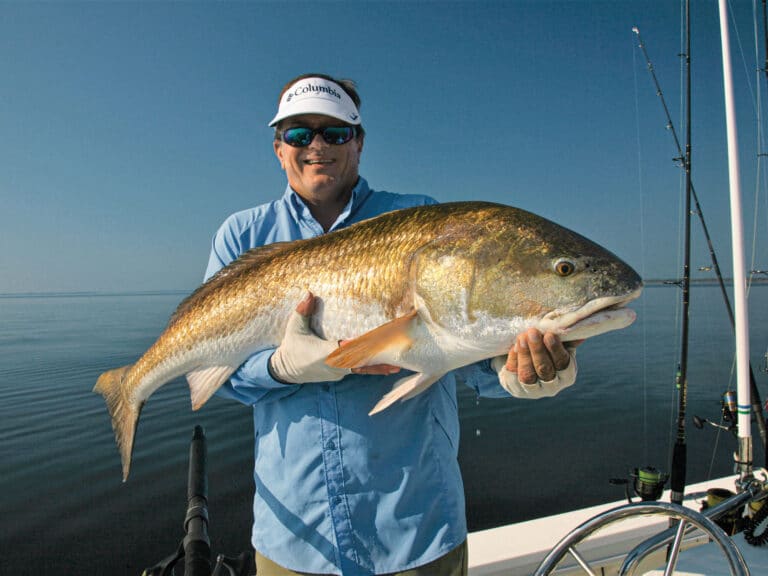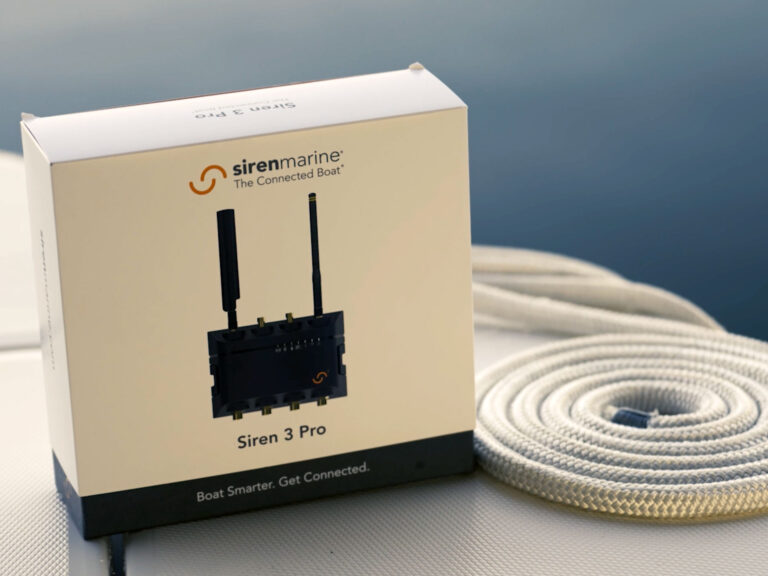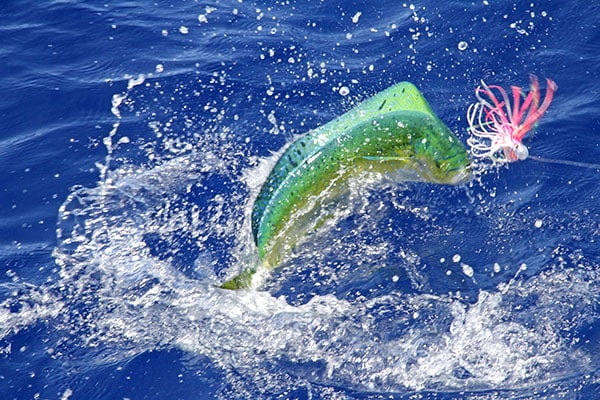
This colorful pelagic is not related to the mammal of the same name, so you won’t find Flipper in the fish’s family tree. It is, instead, one of the most sought after gamefish in the world, and also one of tastiest. Chances are you’ve seen it on the menu at some of your favorite eateries, perhaps under one of its other names — dorado or mahi-mahi. The neon-bright blues, yellows and greens splattered all over its body make dolphin easy to identify, and the fish’s fighting spirit and its propensity to jump when hooked make it a favorite of offshore anglers.
Species: Dolphin (Coryphaena hippurus) is ray-finned fish found in offshore temperate, tropical and subtropical waters worldwide. With a brief life span of only 4 to 5 years, this species grows extremely fast, going from an egg to a “peanut” dolphin (2- to 3-pounder) in under 3 months, and from a “grasshopper” (5- to 10-pounder) to an adult of 20 pounds or more in about a year.
Juveniles tend to travel in large schools of similar-size fish, while large adults mostly travel in pairs or packs of 3 – usually a bull and 1 or 2 cows. You can tell an adult male (bull) from a female (cow) by the shape of their heads – tall and square in bulls, rounded and less prominent in cows.
Locations: Dolphin are found in the Atlantic, Pacific, and Indian oceans, as well as the Mediterranean Sea and other tropical and subtropical waters around the world.** **
Techniques: Trolling baits or lures around weedlines and other floating debris, or along surface slicks and color changes offshore is the most widely-practiced dolphin technique. Drifting live-bait or chunking around the mentioned flotsam also produces well. Ballyhoo rigged weightless, with a plastic skirt in front, is the most popular bait, but sardines, pilchards, and various other baitfish, dead or alive, take their share of fish. Dolphin, especially the grasshoppers, also strike a wide array of lures, including trolling feathers, jigs, spoons, and topwater plugs.
For reasons unknown, dolphin often refuse to leave stragglers behind, so keeping a hooked one in the water holds the rest of the school near the boat, providing opportunity for additional hookups. When a large bull or cow is caught trolling, a second pass at the area where the hookup occurred is often rewarded with a mate of similar proportions.** **
Tackle: 20- to 30-pound conventional gear is perfectly suited for medium to large dolphin. It’s heavy enough to tame a powerful bull, yet light enough for the angler to enjoy the tug-of-war and the magnificent aerial displays the fish is famous for. For smaller schoolies, 10- to 15-pound spinning tackle is more appropriate. Dolphin have teeth, but not as large or as sharp as kingfish and wahoo, therefore, wire leaders are not necessary. Use 50- to 60-pound mono or flurocarbon when targeting the larger specimens, and scale down to 25- or 30-pound leader for the juveniles.


